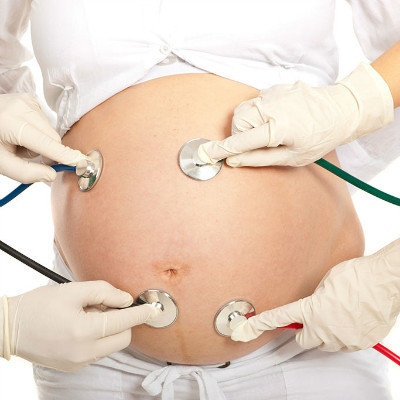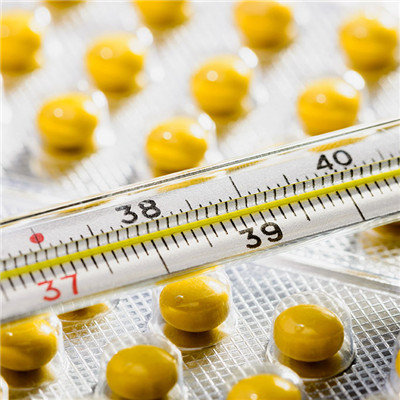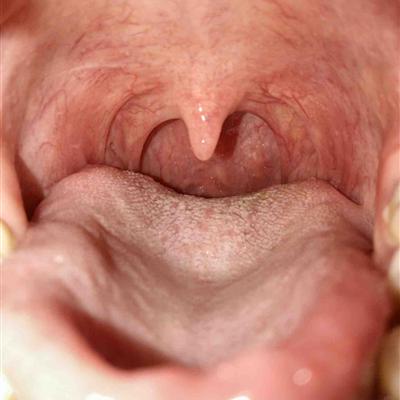How does threatened premature labor protect fetus?
summary
Threatened preterm delivery refers to the regular uterine contraction at least once every 10 minutes after 28 weeks of pregnancy, accompanied by cervical canal shortening. Usually, threatened preterm birth will be accompanied by mild abdominal pain, fetal movement has a sense of falling, mild back acid, abdominal distension, etc. After pregnancy, there is a small amount of vaginal bleeding, depending on the amount of bleeding and the time of accumulation in the vagina. The color can be bright red, pink or dark brown. About half of threatened premature labor patients form abortion, if not treated in time, can develop into premature labor, if bleeding too much, can appear infection, even lead to septicemia and death. How does threatened premature labor protect fetus?
How does threatened premature labor protect fetus?
In clinical practice, obstetrician's treatment of threatened preterm birth aims to prolong gestational age, promote further growth and development of fetus, improve the quality of fetal life, significantly reduce the mortality of premature infants and reduce complications. Pregnant women must have the confidence and patience to protect the fetus, follow the doctor's medication guidance, face it with positive emotions, make psychological preparation, and deal with it correctly. Keep yourself and your baby out of harm.

The primary task of threatened preterm labor treatment is to inhibit uterine contraction to prolong gestational age. Magnesium sulfate injection and ritodrine hydrochloride are commonly used in clinic. The second is adjuvant therapy: 1; ② Dexamethasone is commonly used to promote fetal lung maturation; ③ Application of antibiotics; ④ Etiological treatment and supportive therapy, given progesterone intramuscular injection, vitamin E, folic acid oral, intravenous drip of compound amino acids, etc; ⑤ B ultrasound was reexamined after 1 ~ 2 weeks.

The prevention measures of threatened premature birth: 1. Strengthen nutrition during pregnancy, avoid mental trauma, do not smoke, do not drink, avoid passive smoking. 2. Sex is absolutely forbidden in late pregnancy, because prostaglandins in semen can promote uterine contraction after absorption through vagina. 3. Once there are signs of premature birth, we should immediately rest in bed, and take the left position to increase the blood supply of uterus and placenta; If possible, they should be hospitalized for fetal protection. 4. Active treatment of acute and chronic diseases.

matters needing attention
During pregnancy, pregnant women should pay attention to improving living environment, reducing labor intensity and increasing rest time; The higher the psychological pressure of pregnant women, the higher the incidence of premature delivery, especially the tension, anxiety and depression are closely related to premature delivery. Therefore, pregnant women should maintain peace of mind, eliminate tension and avoid adverse mental stimulation; In order to get reasonable and sufficient nutrition, we should rest in bed more in the third trimester of pregnancy, and take the left lateral position, so as to reduce the pressure from the uterine cavity to the cervix.















